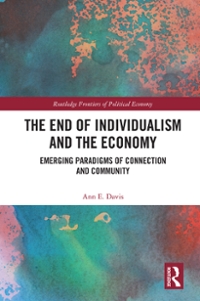Question
Let's consider an symmetric Cournot example with 4 firms. Suppose that inverse demand is P(q)= 100q1q2q3q4. The constant pre-merger marginal costs of the firms are
Let's consider an symmetric Cournot example with 4 firms. Suppose that inverse demand is P(q)= 100q1q2q3q4. The constant pre-merger marginal costs of the firms are c1=10,c2=10,c3=10, and c4=10 (i.e., symmetry) and there are no fixed costs. Assume that these marginal costs are such that all four firms have positive output in equilibrium. Suppose that firm 1 plans to merge with firm 2. You can use formula in lecture slides. a. What is the pre-merger output of each firm? (hint: symmetric Cournot outcome formula in lecture slides) b. Compute pre-merger HHI index in this Cournot setting. c. Without doing any math, would you expect the merger to be profitable for the merging firms if there are no synergies, assuming the firms still play static Cournot after the merger? d. Suppose that the companies claim that there will be big marginal cost synergies as a result of the merger. Should this be relevant to the assessment of the merger? How about fixed cost synergies? e. Compute post-merger HHI in this Cournot setting. According to the 2010 Horizontal Merger Guidelines, would the proposed merger between firm 1 and 2 be challenged?
Step by Step Solution
There are 3 Steps involved in it
Step: 1

Get Instant Access to Expert-Tailored Solutions
See step-by-step solutions with expert insights and AI powered tools for academic success
Step: 2

Step: 3

Ace Your Homework with AI
Get the answers you need in no time with our AI-driven, step-by-step assistance
Get Started


